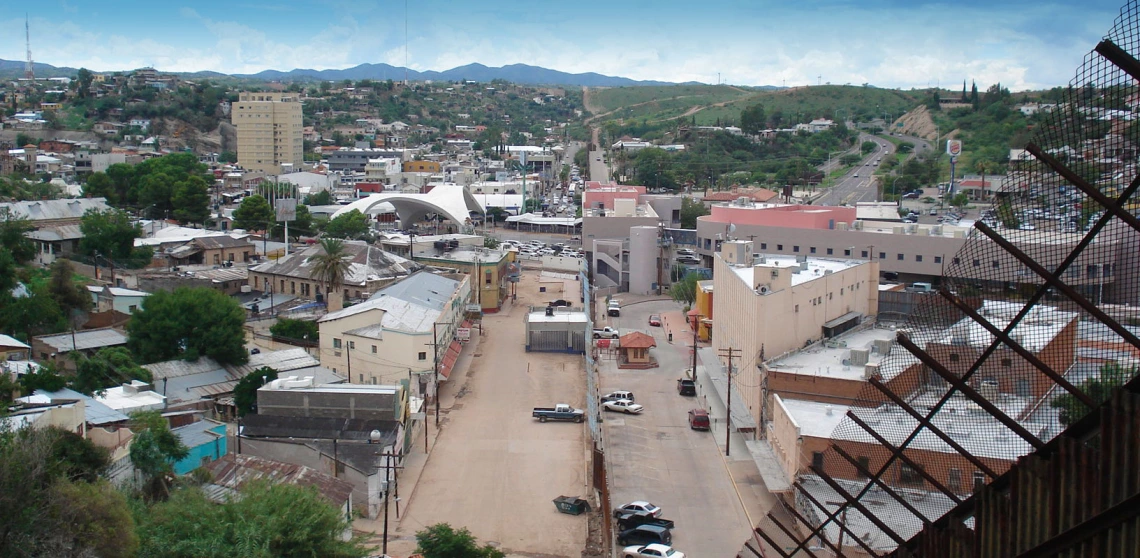
When
Where
Speaker(s)
 The WRRC Brown Bag seminar on June 17 explored the mitigation of flooding, erosion, and related problems, including sewage overflows, in the binational context of Ambos Nogales and Tijuana/San Diego; cities straddling the US-Mexico border. Laura Norman, who has worked with the US Geological Survey since 1998, focusing on transborder pollution and watershed issues since 2002, took the online audience through a series of research projects involving cross-border collaborations and cooperation. Her theme was climate change adaptation and mitigation strategies for arid and semi-arid watersheds. Specifically, her research in the watersheds of binational twin cities has been establishing quantifiable metrics that support the use of flood detention structures, such as check dams and gabions, which slow surface flows much like beaver dams, and can be installed through community engagement. Evidence from her research indicates that such structures reduce flood peaks, increase base flows, extend streamflow longer into the dry season, and capture sediment, thus decreasing erosion and improving water quality. In addition, these structures sequester carbon and may increase recharge of groundwater. Photo: Wikimedia Commons; Drawing: Valer Austin
The WRRC Brown Bag seminar on June 17 explored the mitigation of flooding, erosion, and related problems, including sewage overflows, in the binational context of Ambos Nogales and Tijuana/San Diego; cities straddling the US-Mexico border. Laura Norman, who has worked with the US Geological Survey since 1998, focusing on transborder pollution and watershed issues since 2002, took the online audience through a series of research projects involving cross-border collaborations and cooperation. Her theme was climate change adaptation and mitigation strategies for arid and semi-arid watersheds. Specifically, her research in the watersheds of binational twin cities has been establishing quantifiable metrics that support the use of flood detention structures, such as check dams and gabions, which slow surface flows much like beaver dams, and can be installed through community engagement. Evidence from her research indicates that such structures reduce flood peaks, increase base flows, extend streamflow longer into the dry season, and capture sediment, thus decreasing erosion and improving water quality. In addition, these structures sequester carbon and may increase recharge of groundwater. Photo: Wikimedia Commons; Drawing: Valer Austin

Laura Norman is a Supervisory Research Physical Scientist at the US Geological Survey, where she has worked since 1998 on various projects along the US-Mexico border. She is a graduate of the UArizona, where she taught GIS Labs, and is currently an Affiliate who mentors graduate students. Dr. Norman's research uses remotely-sensed imagery and other geospatial data in complex models to predict the fate of non-point source pollutants and identify their sources, consider potential growth scenarios, and document watershed processes. She is well-published on a wide range of topics including environmental health, cross-border policy, regional planning, ecosystem services, and restoration design.

